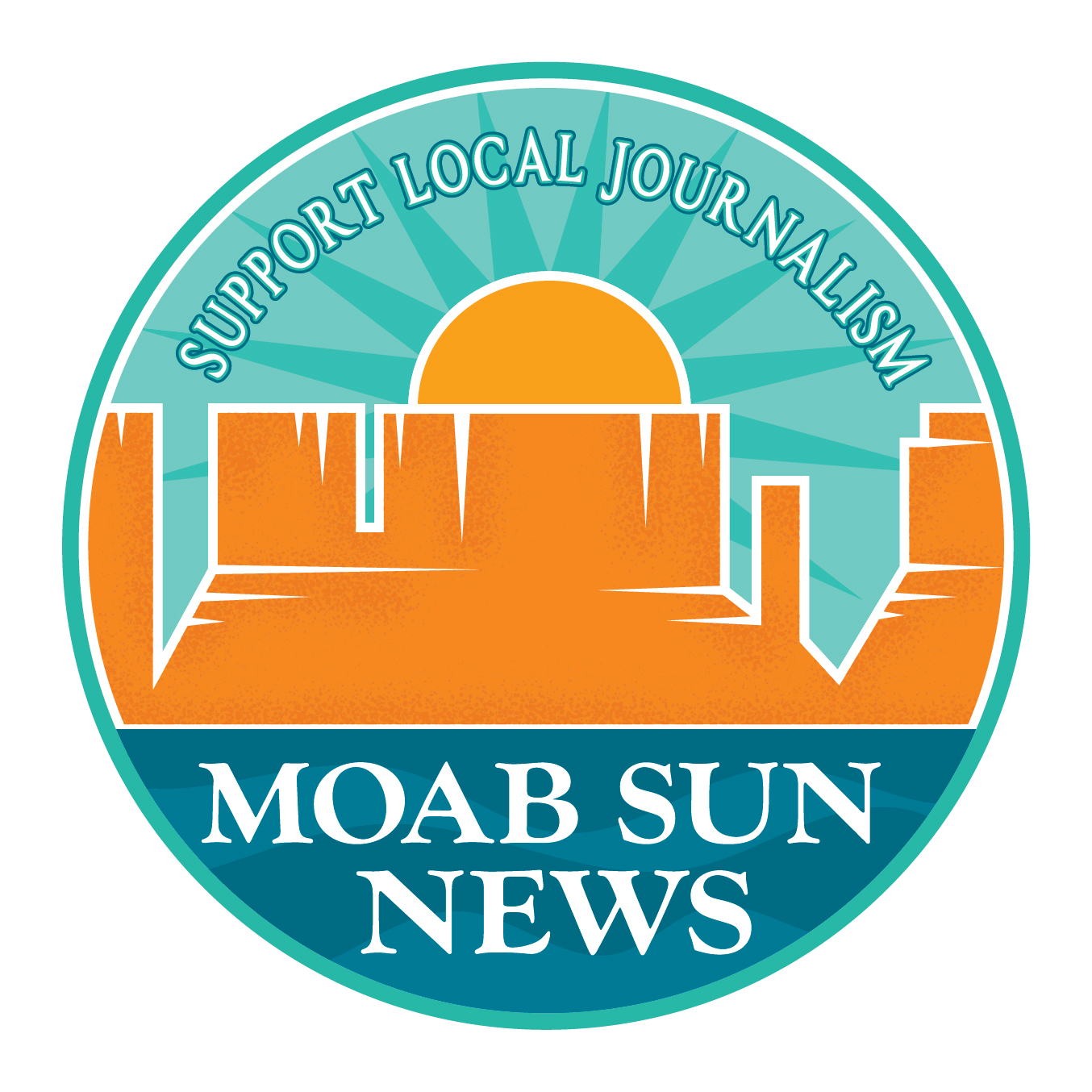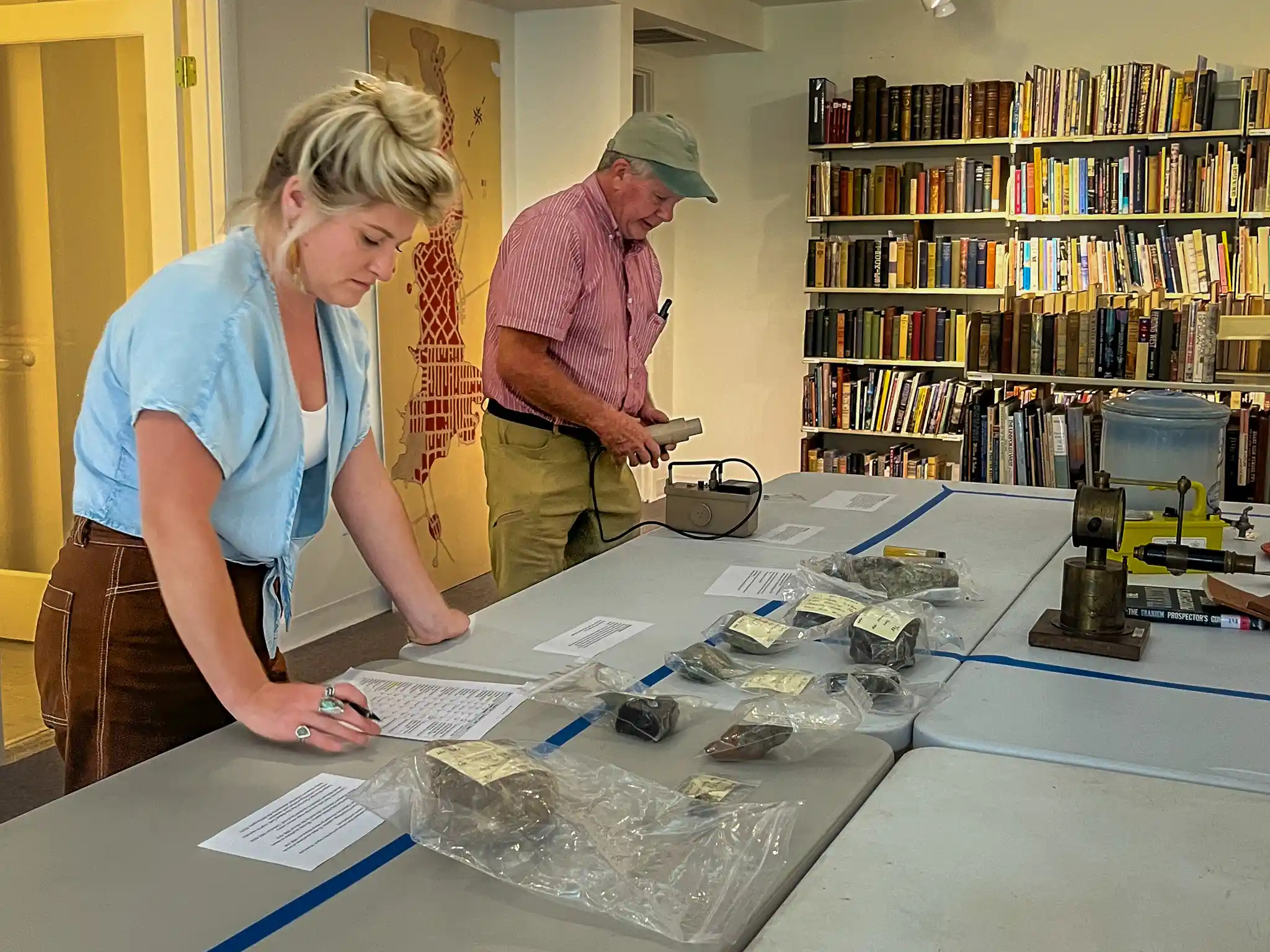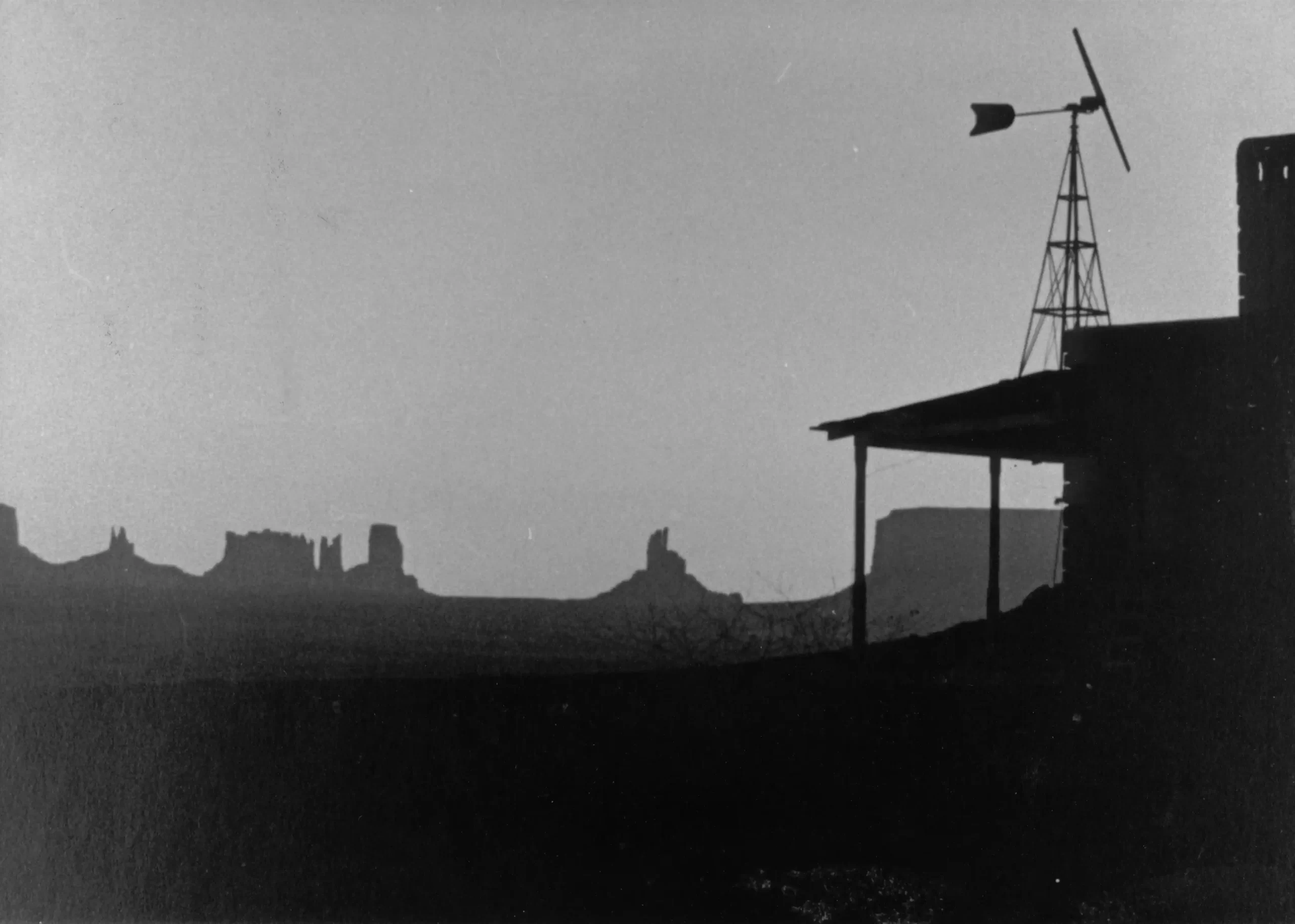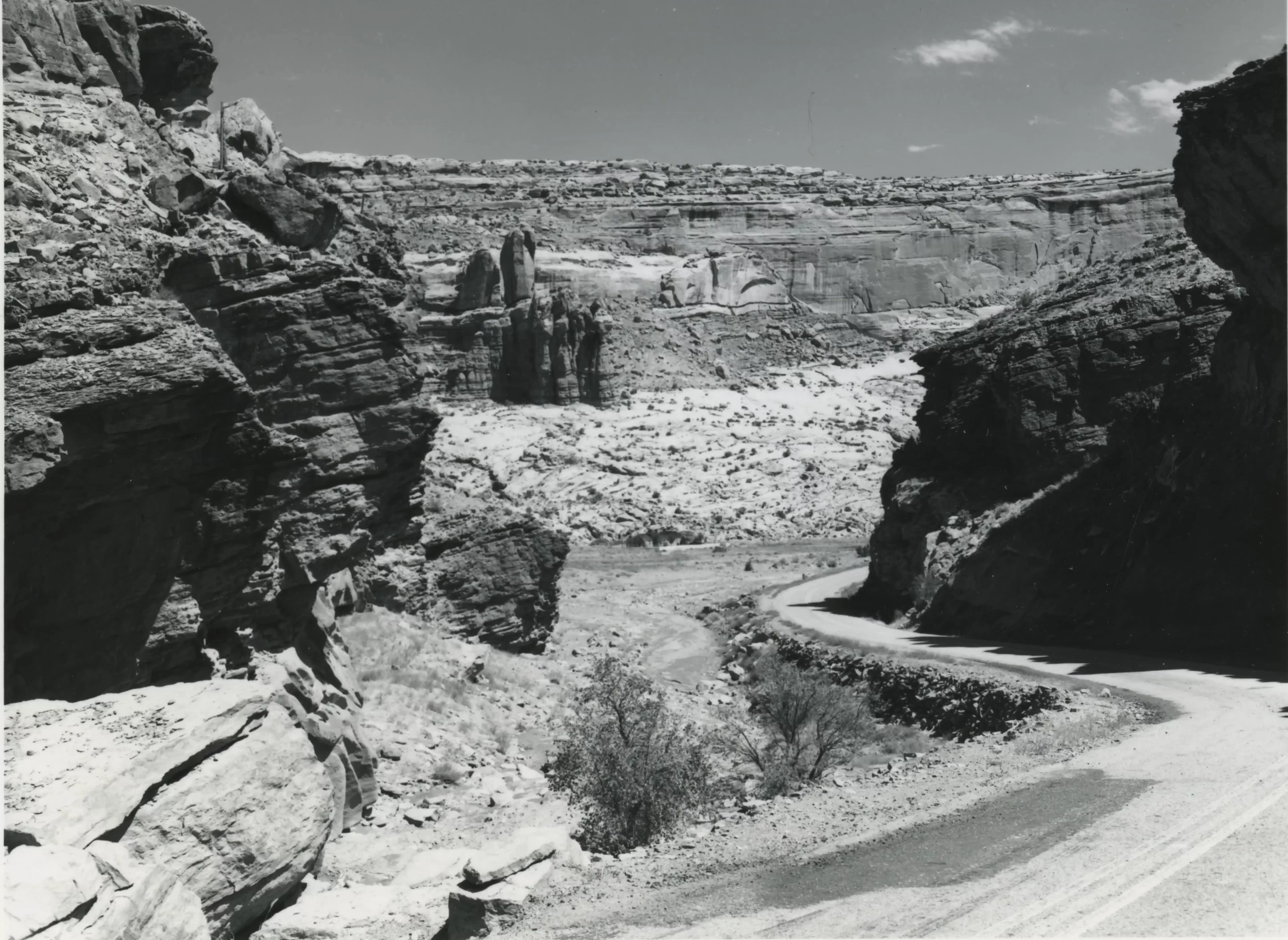Some information may be outdated.
Moab has an extensive history of mining, from coal and other petroleum products, to traces of gold and silver up in the La Sal Mountains, as well as potash, lithium, vanadium, and uranium, the last of which brought Moab to the center of the national and atomic stage between the 1950s and 1960s. This coming winter, the Moab Museum will be launching a new exhibition on the history and legacy of uranium mining across the Colorado Plateau.
Museum Curatorial and Collections Manager Tara Beresh has been working closely with miners, long-time local families, and consulting with uranium experts to share the incredible story of Moab’s boom and bust. Moab’s underlying geology, the reason for the presence of Uranium in our area, plays an essential role in this story. Pictured here, Beresh and the uranium curatorial team conduct scintillator readings of a selection of the ore and geology samples that will be displayed in the exhibition.

Geiger counters, scintillators, and electroscopes were indispensable tools for early local prospectors. Geiger counters were used to locate and identify potential deposits of uranium ores. Geiger counters consist of a gas-filled tube containing electrodes, between which there is an electrical voltage, but no current flowing. When ionizing radiation passes through the tube, a short, intense pulse of current passes from the negative electrode to the positive electrode and is measured or counted.
The scintillator, invented around the turn of the 20th century, was and still is a quintessential tool for uranium prospecting, allowing a finer reading of radiation than a Geiger counter can produce.
The Moab Museum is dedicated to sharing stories of the natural and human history of the Moab area. To explore more of Moab’s stories and artifacts, find out about upcoming programs, and become a Member, visit www.moabmuseum.org.
Appreciate the coverage? Help keep local news alive.
Chip in to support the Moab Sun News.





